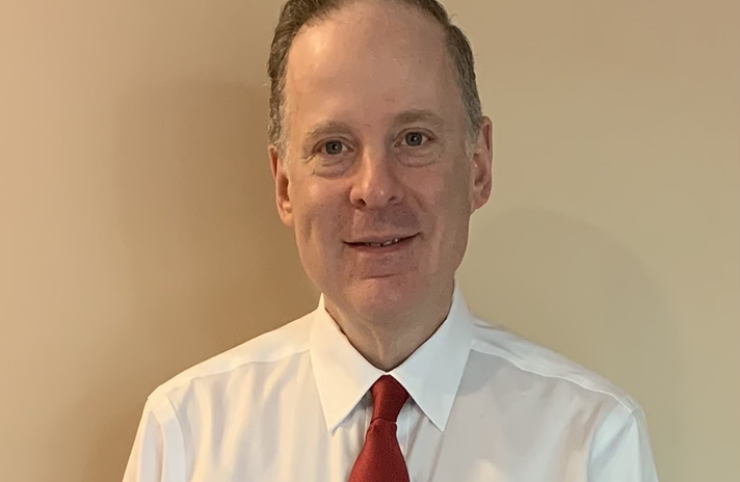A call to the Financial Industry Regulatory Authority's senior help line led to dozens of brokers compensating investors who overpaid for defaulted Florida bridge bonds due to a complex and rarely used bond price calculating method.
The complaint came in February 2021 from an investor who had bought Santa Rosa Bay Bridge Authority capital appreciation bonds. The bonds,
"He was a very knowledgeable investor and he believed he had been overcharged," said Richard Laufer, a specialist manager for member supervision at FINRA. After confirming the investor's points and after the brokerage firm agreed to pay the customer $24,000, FINRA widened its investigation to 30 brokerage firms involved with Santa Rosa bond transactions between 2013 and 2021, Laufer said.

"We pulled trade data and … we observed the same fact pattern time and time again, regardless of firm or vendor," he said. "By the time we were done, we were able to obtain $3.4 million for 300 clients."
FINRA did not name any of the firms involved, which were not fined by the regulator. The firms themselves may have paid too much for the bonds when they bought them, Laufer said.
"The firms should have known better but they didn't do it knowingly," Laufer said, adding that the regulator is not aware of any other similar problems with defaulted bonds.
The restitution marks the latest in a long saga for investors in bonds floated by Santa Rosa Bay Bridge Authority in 1996 to build the 3.5-mile Garcon Point Bridge that opened in 1999. The bonds
The 1996 borrowing included $75.5 million of Series A current interest toll revenue bonds, which matured in 2028, and $19.4 million of Series B capital appreciation bonds that matured between 2005 and 2028. The debt was accelerated in 2013. Bond trustee UMB Bank filed a lawsuit in 2018 and called for the tolls to be increased.
The post-2013 overpayments were the result of a lower trading price to take into account the reduced outstanding principal, a reduction known as a factor. Although common with other fixed-income securities, it's rare that muni bonds trade with factors.
"There's over a million CUSIPs outstanding" in the muni market, and "as best we could figure, the number of muni securities trading with a factor is in the low thousands," Laufer said. "The vast majority are housing bonds."
All the brokers involved relied on their data vendors to calculate the factor, and FINRA "did not see one that got it correct," he said.
Part of the confusion came from a distribution notice from the trustee that did not apply the actual factor but instead only included the equation, Laufer said.
"So, it was not readily clear, and that created a concern and probably a problem for anyone involved," he said.
In July 2022, the state of Florida paid $134 million to
Established in 2015, FINRA's senior help line receives between 2,500 and 3,000 calls a year.





